As it did for Hurricane Harvey recovery efforts in the Houston area, the Federal Aviation Administration (FAA) has given out a number of authorizations to fly unmanned aircraft systems (UAS) following Hurricane Irma in Florida.
According to the agency, drones have been invaluable for Florida’s disaster recovery efforts. Specifically, the FAA, as of Sept. 15, has issued 132 airspace authorizations.
The FAA says the Air National Guard was able to deploy UAS to assess disaster-stricken areas quickly and decide which needed the most help. In addition, U.S. Customs and Border Protection sent UAS from Corpus Christi, Texas, help map areas in Key West, Miami and Jacksonville. The agency then used drone-based radar to survey geographic points of infrastructure for the Federal Emergency Management Agency.
As for private-sector efforts, the FAA says Airbus Aerial, the recently launched commercial UAS division of Airbus, has been assisting insurance companies with claims from homeowners. Airbus Aerial is using a combination of data from drones, manned aircraft and satellites to offer imagery of locations before and after the hurricane.
According to the agency, Hurricane Irma left approximately 6 million Floridians without power. The FAA OK’d Jacksonville Electric Authority (JEA) to deploy UAS to help restore power and conduct damage assessments with less risk to its crew; it was even able to get all its damage assessments done within 24 hours after the storm passed through. In addition, Florida Power and Light (FPL) has been using drones to help restore electricity for its 4.4 million customers. The company has a whopping 49 drone teams out surveying parts of the state that are not accessible by vehicles, and some of them were out flying within an hour after the storm’s winds subsided, says the FAA, adding that FPL called the efforts a “stellar example of cooperation by local, state and federal authorities, including kudos for the FAA.”
At the recent InterDrone conference in Las Vegas, Michael Huerta, administrator of the FAA, spoke on the importance of the agency’s ability to quickly authorize UAS operations after the hurricanes:
“Essentially, every drone that flew meant that a traditional aircraft was not putting an additional strain on an already fragile system. I don’t think it’s an exaggeration to say that the hurricane response will be looked back upon as a landmark in the evolution of drone usage in this country.”



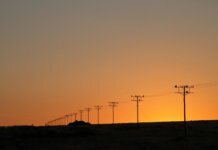

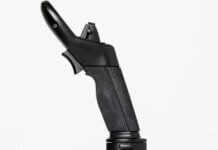
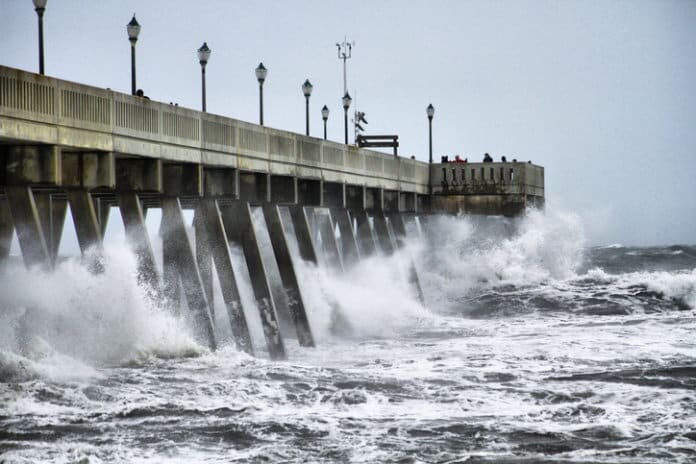
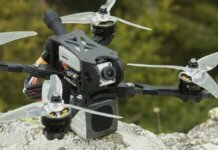
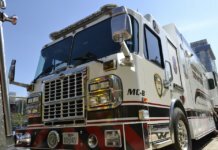
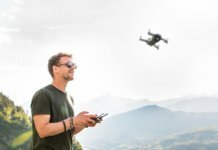

Leave a Comment
Your email address will not be published. Required fields are marked *